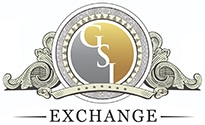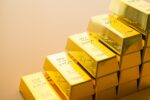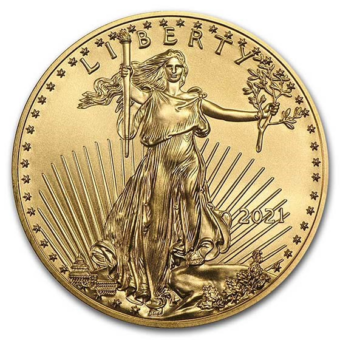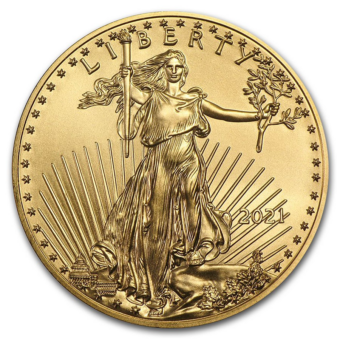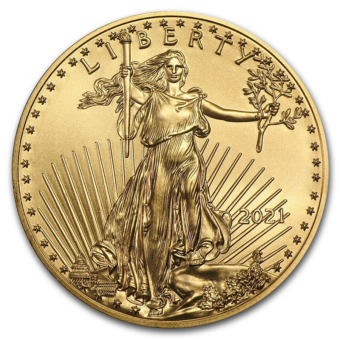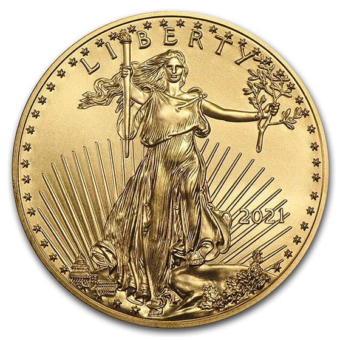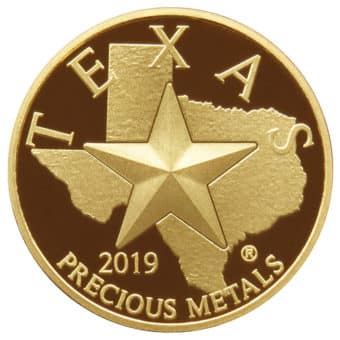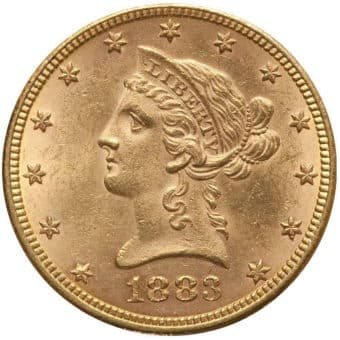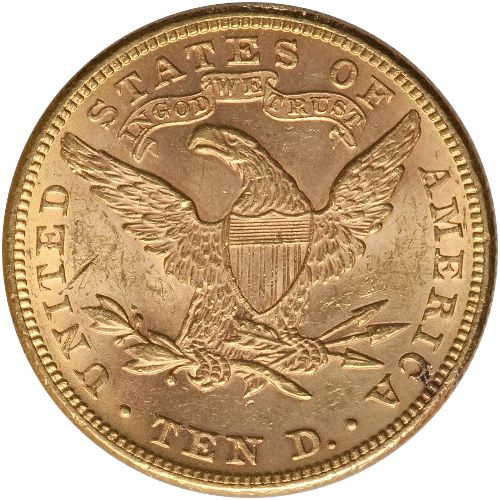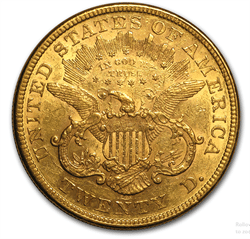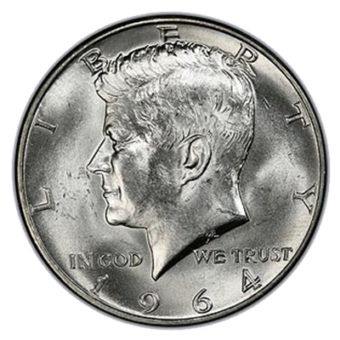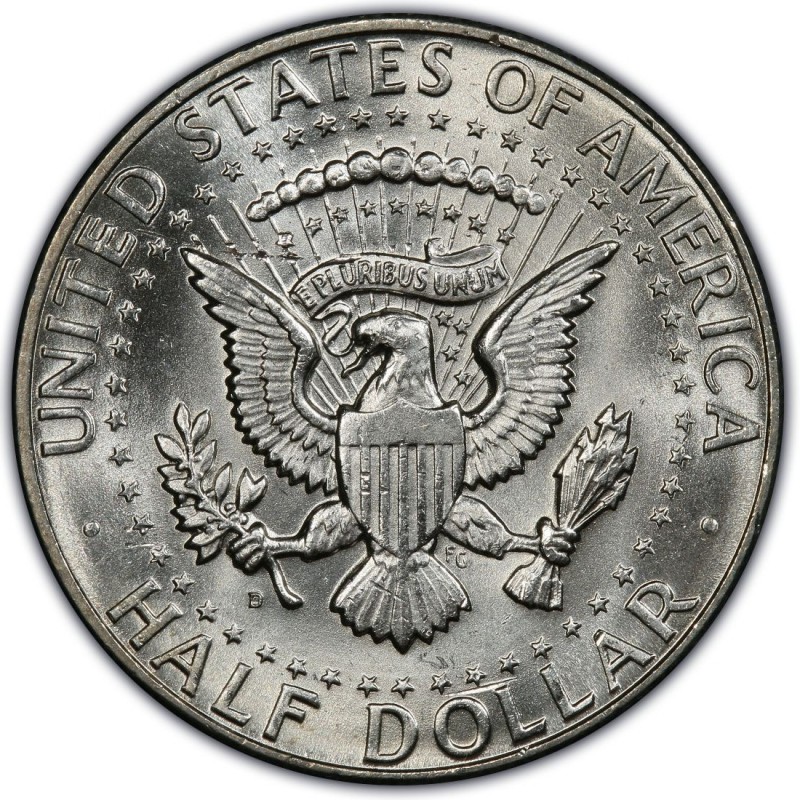A Daily Journey Through the Week's Market
Monday - 5.26.25: Memorial Day - markets closed.
Tuesday - 5.27.25: Gold and silver prices are sharply lower Tuesday midday, driven by profit-taking and weak long liquidation in futures, with June gold down $73.80 at $3,292.00 and July silver down $0.399 at $33.21. Risk appetite has improved following President Trump's decision to delay EU tariffs to July 9, and U.S. stock indexes are sharply higher.
Wednesday - 5.28.25: Gold and silver prices slipped slightly midday Wednesday as traders awaited the FOMC minutes release, with June gold down $3.40 to $3,297.20 and July silver down $0.116 at $33.19. U.S. stock indexes dipped modestly after Tuesday’s strong gains, while improved trade relations have dampened safe-haven demand for precious metals.
Thursday - 5.29.25: Gold prices are up by $31.90 at $3,353.80 and silver by $0.295 at $33.45 in midday trading Thursday, buoyed by a softer U.S. dollar and lower Treasury yields. Meanwhile, a federal court ruling against President Trump’s tariffs under the International Emergency Economic Powers Act is stirring uncertainty in global trade, with the administration filing an appeal. The FOMC minutes, suggesting no imminent rate cuts, coupled with growing stagflation concerns, are also weighing on investor sentiment, though U.S. stock indexes have pared back earlier gains.
Friday - 5.30.25: Gold and silver prices were weaker early Friday, with gold down $22.30 at $3,322.00 and silver off $0.123 at $33.30, as markets reacted to President Trump’s social media post vowing to be tougher with China on trade and after the latest U.S. inflation report, which showed the PCE price index and core index largely in line with expectations. Separately, a court ruling allowed Trump’s emergency tariffs to remain while legal challenges play out, leaving trade partners and businesses in a state of uncertainty.
Gold Price Holds at $3,300 Despite Steady Inflation
The Big Picture
Gold prices are holding firm above $3,300 an ounce, even as the latest inflation data shows a mild increase. The Core Personal Consumption Expenditures (PCE) index, the Federal Reserve’s preferred inflation gauge, rose 0.1% in April after being unchanged in March, with annual core inflation slowing to 2.5%.
What’s Happening
The U.S. Department of Commerce reported that core inflation rose in line with expectations. While inflation has forced the Fed to maintain a neutral monetary policy stance this year, lower real yields have supported gold’s appeal as a non-yielding asset.
By the Numbers
- Spot gold last traded at $3,301/oz, down 0.49% on the day
- April core PCE index: +0.1%
- 12-month core inflation: +2.5% (down from 2.7% in March)
Why It Matters
The steady inflation figures haven’t swayed gold prices significantly, highlighting gold’s role as a hedge against inflation and market uncertainty.
The Bottom Line
Gold is finding strong support above $3,300 an ounce, with inflation data largely in line with expectations, suggesting a balanced outlook for precious metals in the near term.
Consumer Confidence Jumps as Trump Eases China Tariffs
The Big Picture
Americans’ confidence in the economy has climbed for the first time in five months, driven by the Trump administration’s move to lower tariffs on Chinese imports. The Conference Board’s Consumer Confidence Index posted a strong rebound in May, showing that U.S. households are closely watching trade policy developments for clues about their personal financial prospects and the broader economy.
What’s Happening
The Conference Board said consumer confidence rose more than 12 points in May, with optimism up across all demographics and political leanings—particularly among Republicans. While concerns about higher prices and economic fallout from tariffs linger, hopes for future trade deals have boosted sentiment. About half of the survey responses were collected before the May 12 announcement slashing tariffs on Chinese imports from 145% to 30% for 90 days.
By the Numbers
- Consumer Confidence Index increase: +12 points in May
- Trump’s tariff cut: from 145% to 30% for 90 days
- Factory orders: plunged over 6% in April after an 8% surge in March
- Non-defense capital goods orders: fell 19% in April after a 27% surge in March
Why It Matters
The surge in consumer confidence highlights how trade policy uncertainty ripples through household outlooks and business orders. The wild swings in factory orders—spiking before tariffs, then plunging—underscore how volatility in trade negotiations has distorted normal demand patterns.
The Bottom Line
As tariffs ease and trade deal hopes brighten, Americans’ economic confidence is rebounding. But with volatile factory orders and an unpredictable trade environment, the longer-term impact on growth and inflation remains an open question.
Fed Minutes Show Confidence in U.S. Economy Despite Dollar Drop and Steepening Treasuries
The Big Picture
The Federal Reserve’s May meeting minutes reveal that policymakers remain confident in the strength of the U.S. economy and labor market, despite growing financial instability driven by trade tensions and a weaker dollar. While participants acknowledged heightened uncertainty and the risk of higher inflation, they ultimately decided to keep the federal funds rate steady, emphasizing a cautious approach as markets digest new trade tariffs and global shocks.
What’s Happening
The minutes show that the FOMC discussed significant market volatility and a dramatic steepening of the Treasury yield curve, alongside a 2% decline in the broad trade-weighted dollar index. Concerns included rising Treasury yields, wider credit spreads, and the possibility that trade tariffs would dampen domestic activity. Despite these challenges, Fed officials viewed the underlying economic fundamentals as strong enough to withstand these pressures for now.
By the Numbers
- Federal funds target rate: 4.25% to 4.5%
- Dollar index decline (broad trade-weighted): over 2%
- Spot gold price after minutes release: $3,301.70/oz (up 0.03%)
- Treasury yields: short-term yields down ~20 bps; long-term yields up
- FOMC meeting date: May 6-7
Why It Matters
The minutes highlight the Fed’s balancing act: monitoring inflation and growth while navigating trade policy volatility. Participants noted vulnerabilities in financial stability, especially if the dollar’s safe-haven status erodes further. For precious metals markets, the Fed’s cautious approach and the backdrop of rising risks could offer continued support for gold prices.
The Bottom Line
The Fed remains steady for now, confident in solid economic momentum despite swirling trade and market pressures. But with the dollar weakening and trade risks intensifying, investors will keep a close watch for signs of cracks in this resilience—and for potential tailwinds in safe-haven assets like gold.
Trump Delays EU Tariff Deadline After 50% Threat
The Big Picture
President Trump has agreed to extend the deadline for trade talks with the European Union, pushing back his threat of a steep 50% tariff on EU goods to July 9 after a “very nice” phone call with European Commission President Ursula von der Leyen. The move follows weeks of escalating tensions over the transatlantic trade relationship, with Trump and EU officials at odds over cars, agricultural goods, and longstanding trade imbalances.
What’s Happening
Trump had initially announced a 20% tariff on most EU goods in April, later lowering it to 10% to give negotiators time. Frustration with slow progress led to a threatened 50% tariff by June 1, which rattled markets and European leaders. After weekend discussions, Trump extended the deadline by over a month, matching an earlier timeline proposed by von der Leyen to keep talks moving. EU leaders have called for a balanced deal that avoids escalation, warning that tariffs could harm both economies.
By the Numbers
- EU’s exports to U.S. (2024): over $600 billion
- U.S. imports from EU: $370 billion
- Proposed tariff rate: 50% on all EU goods (threatened for June 1)
- Current tariffs: 25% on EU steel and aluminum still in place
Why It Matters
Trump’s repeated threats of higher tariffs have rocked global markets and trade relationships. The extended deadline for negotiations offers a temporary pause in hostilities but underscores how fragile the economic ties are. Meanwhile, the EU has threatened retaliatory measures worth €95 billion but remains committed to a diplomatic solution.
The Bottom Line
For now, the EU and U.S. have staved off an immediate tariff escalation, buying time for a deal. But the brewing tension and uncertainty over future tariffs continue to cast a long shadow over transatlantic trade and global economic stability.
BoA’s Blanch Predicts Gold Will Hit $4,000/oz and Silver Will Reach $40/oz by Year-End
The Big Picture
Despite the recent correction in gold and silver prices, Francisco Blanch of Bank of America Securities expects both metals to resume their upward climb by the second half of 2025. Blanch says that ongoing global turmoil and policy uncertainty will drive gold to $4,000 an ounce and silver to $40 an ounce toward year-end and into 2026, following a period of consolidation.
What’s Happening
Blanch explained that near-term price corrections reflect easing geopolitical fears, but he sees this as temporary. He believes future instability will push gold beyond $4,000, though not in a straight line. For silver, he cited dual drivers: precious metals’ safe-haven demand and industrial applications, particularly in solar panels and electrification. Weaker industrial demand has held silver back, but Blanch expects a turnaround as global manufacturing stabilizes.
By the Numbers
- Gold price target: $4,000/oz by end of 2025
- Silver price target: $40/oz by end of 2025
- Spot gold midday Tuesday: $3,294.15/oz (down 1.45%)
- Spot silver midday Tuesday: $33.068/oz (down 1.27%)
Why It Matters
Blanch’s forecast underscores that while gold and silver have cooled off recently, they remain poised for substantial gains if global risks flare up again. Silver’s industrial importance—especially in green energy and electrification—could further bolster its rebound as manufacturing recovers.
The Bottom Line
The correction in precious metals may be short-lived. With fresh economic and geopolitical volatility expected by year-end, Bank of America’s bullish targets suggest gold and silver are far from done. For investors, this could be the calm before another major leg up.
China’s Gold Imports Surge as Hong Kong Shipments Triple in April
The Big Picture
China’s gold imports through Hong Kong soared in April, nearly tripling month over month to 43.5 metric tons—the highest since March 2024—amid rising premiums and strong domestic demand. With total gold imports to China reaching an 11-month high of 127.5 metric tons, the surge underscores how Chinese buyers continue to acquire gold aggressively, even as prices test historic highs near $3,500 an ounce.
What’s Happening
Hong Kong Census data revealed a sharp jump in China’s net gold imports in April. This spike followed a period of subdued demand in Q1 when low spot premiums curbed buying interest. Analysts point to rising premiums in April as a key factor encouraging imports, alongside additional import quotas from the People’s Bank of China (PBoC) responding to heightened investor demand and U.S.-China trade tensions.
By the Numbers
- China net gold imports via Hong Kong: 43.462 metric tons (up from 4.889 in March)
- China total gold imports via Hong Kong: 58.61 metric tons (up 178.17% from March)
- China total gold imports (all sources): 127.5 metric tons (73% jump from March)
- Historic high gold price: $3,500 per ounce (April)
Why It Matters
The jump in Chinese gold imports signals robust demand despite record-high prices and a tense geopolitical backdrop. Higher spot premiums and import quotas hint at Beijing’s efforts to secure physical gold supply amid domestic investor appetite and rising economic uncertainties.
The Bottom Line
China’s aggressive April buying spree reveals both structural demand and Beijing’s determination to keep gold flowing into its economy, even as global prices surge. The data points to China’s ongoing appetite for the precious metal as a hedge against trade disruptions and as a store of value in uncertain times.
Next Week’s Key Events
Economic Calendar: June 2 – June 6, 2025
Monday, June 2
- 9:45 AM ET: S&P Final U.S. Manufacturing PMI – May
Measures manufacturing sector activity and sentiment. - 10:00 AM ET: ISM Manufacturing – May
A key gauge of manufacturing activity; above 50 indicates expansion. - 10:15 AM ET: Dallas Fed President Lorie Logan speech
Remarks from a voting FOMC member—may offer policy clues.
Tuesday, June 3
- 10:00 AM ET: JOLTS Report – April
Tracks job openings and labor turnover, offering insights into labor market strength.
Wednesday, June 4
- 8:15 AM ET: ADP Employment – May
Private-sector payroll data, a preview of the official jobs report. - 9:45 AM ET: S&P Final U.S. Services PMI – May
Measures activity and sentiment in the services sector. - 10:00 AM ET: ISM Services – May
Key index for the U.S. services sector, above 50 suggests growth.
Thursday, June 5
- 8:30 AM ET: Initial Jobless Claims – Week Ending May 31
Weekly measure of new unemployment claims; a leading indicator of labor market health. - 8:30 AM ET: U.S. Trade Deficit – April
Tracks the trade balance between imports and exports.
Friday, June 6
- 8:30 AM ET: Jobs Report (Employment Situation Summary) – May
Comprehensive monthly report on employment, including payrolls and unemployment rate.
IMPACT ON PRECIOUS METALS MARKETS
Manufacturing & Services Data (June 2, 4):
Strong PMI and ISM data may reinforce expectations for economic strength and potential Fed tightening—bearish for gold. Weak readings could spark safe-haven buying.
JOLTS Report (June 3):
A tight labor market (more job openings) may signal wage pressures and potential inflation—bearish for precious metals. Weak labor demand could support gold as a safe haven.
ADP Employment & Jobs Report (June 4, 6):
Stronger-than-expected job gains may raise rate hike expectations—negative for gold. Weak employment data may lift gold on safe-haven demand and potential Fed easing.
Initial Jobless Claims (June 5):
Rising claims would indicate labor market softening—bullish for gold. Falling claims support economic strength—bearish bias for metals.
U.S. Trade Deficit (June 5):
A widening deficit could weigh on the dollar and support gold. A narrower deficit may strengthen the dollar—typically bearish for metals.
Dallas Fed President Speech (June 2):
Hawkish policy signals could push yields higher and hurt gold. Dovish tone might support precious metals.
